[ted id=1643 width=560 height=315]Sue Austin’s first ride in a wheelchair was an exhilarating one.
“An extended illness had changed the way I could access the world … I’d seen my life slip away and become restricted,” explains Austin in today’s talk, which was given at TEDxWomen in December. “When I started using the wheelchair 16 years ago, it was a tremendous new freedom … I could whiz around and feel the wind in my face again. Just being out on the street was exhilarating.”
And yet, Austin noticed that people started treating her very differently.
“It was as if they couldn’t see me anymore, as if an invisibility cloak had descended,” says Austin. “They seemed to see me in terms of their assumptions of what it must be like to be in a wheelchair. When I asked people their associations with the wheelchair, they used words like ‘limitation,’ ‘fear,’ ‘pity’ and ‘restriction.’ … I knew that I needed to make my own stories about this experience.”
In today’s jaw-dropping talk, Austin explores how the divide between the way she sees herself and the way others see her inspires her art, which challenges the traditional notion of disability and shares the joy she feels experiencing the world from her chair.
One of Austin’s first series in this vein was called “Traces from a Wheelchair,” created in 2009. For the work, Austin used paint on the wheels of her chair to create glorious loops — both on enormous sheets of paper and on the grass outside the gallery showing the exhibit.
“The wheelchair became an object to paint and play with,” explains Austin. “It was exciting to see the interested and surprised responses from people. It seemed to open up new perspectives.”
Austin went on to found Freewheeling, an initiative to expand the bounds of Disability Arts with fellow creators Jack Morris and Shirley Phillips. The group soon staged the three-part installation “Freewheeling: An Absent Presence or a Present Absence,” also in 2009, bringing the same concept to the streets of the town of Plymouth.
While many loved the installation, though, some locals saw the exhibit as graffiti — leading the BBC to cover the exhibit. “Some people may see it as vandalism,” Austin says defending her work. “But it’s the thought and concept that makes it artwork.”
Next, Austin had a crazy idea: to use her wheelchair to explore underwater. In 2010, with a grant from the Arts Council England’s Impact program, she began building an underwater wheelchair for a work she called “Testing the Water.”
“I realized that scuba gear extends your range of activity in just the same way that a wheelchair does,” explains Austin in today’s talk. “But the associations attached to scuba gear are ones of excitement and adventure — completely different to people’s responses to the wheelchair. So I thought, ‘I wonder what will happen if I put the two together?’”
“When we started talking to people about it, engineers were saying it wouldn’t work, the wheelchair would go into a spin, it was not designed to go through water — but I was sure it would,” Austin told the BBC of the chair. “If you just put a thruster under the chair all the thrust is below the center of gravity so you rotate. It was certainly much more acrobatic than I anticipated.”
Austin had hugely ambitious plans for her underwater wheelchair. She applied to be part of the Cultural Olympiad, the art extravaganza surrounding the 2012 London Olympic and Paralympic Games. The plan: to take the underwater wheelchair to the ocean.
The incredible work above, which Austin called “Creating the Spectacle,” not only required months of intense physical training — it also necessitated a creative and technical team. Trish Wheatley, co-producer, shares in a blog post that the crew headed to Egypt to film Austin exploring the Red Sea in her wheelchair. The location gave the tropical backdrop and marine life that make this video so magical. And, because the water was warmer, Austin could dress in everyday clothing. The video took six days of filming, Austin going under for multiple 20-minute dives.
“Creating the Spectacle” was performed on August 29. For it, a swimming pool was transformed into an unconventional stage, with 23 scuba-equipped spectators (several of them disabled) going underwater to watch Austin dive in live. The performance was synthesized with the footage of Austin in the Red Sea and with the video above, called “Finding the Flame,” which shows Austin discovering the Paralympic torch in a cave
We can’t wait to see where Austin’s wheelchair will take her next. We place bets on: the sky.
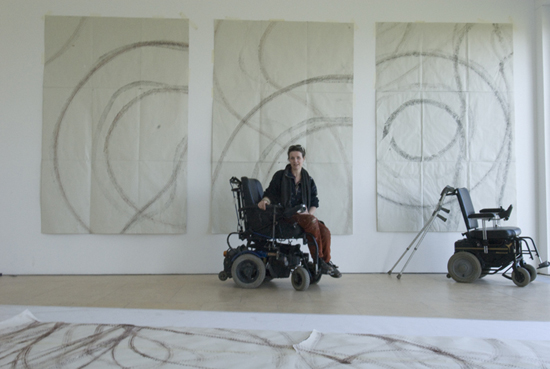
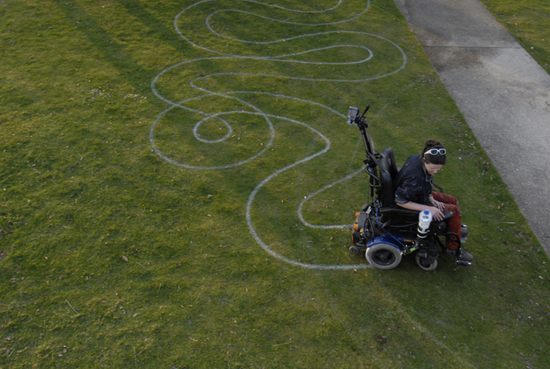
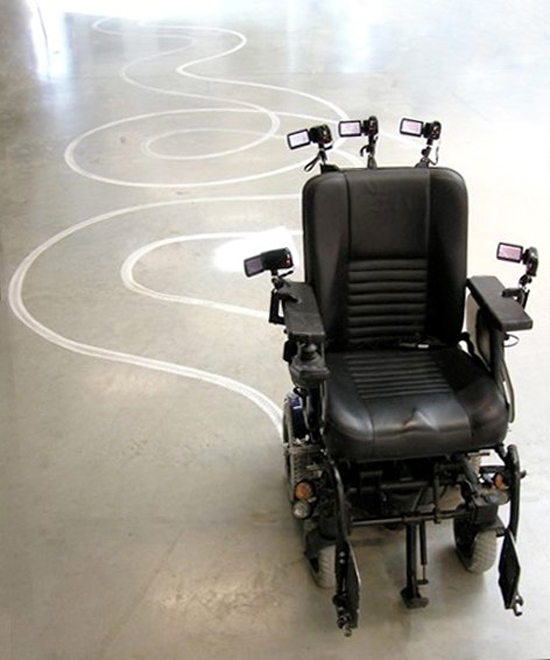
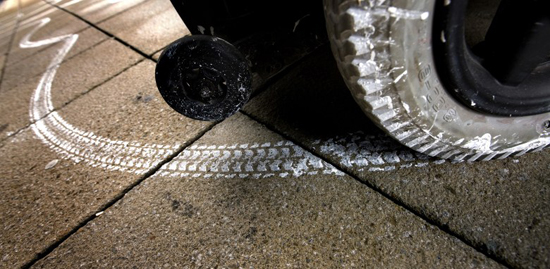
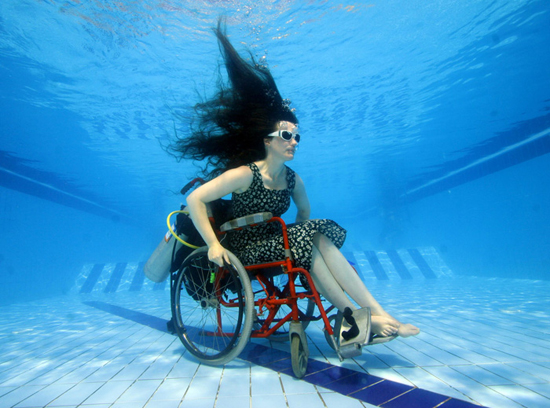
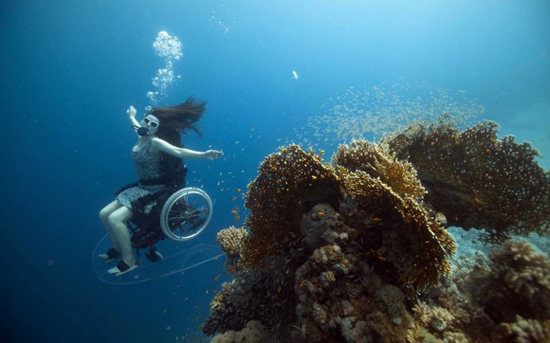
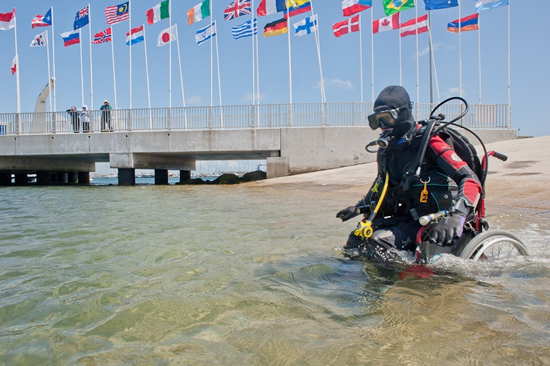
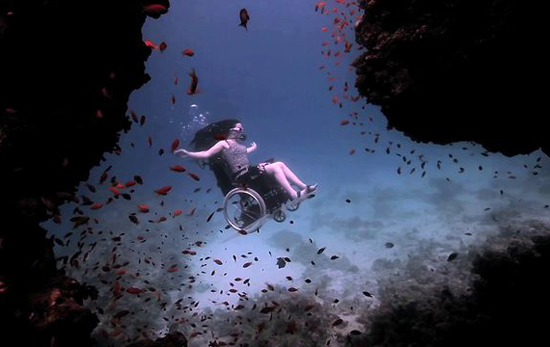
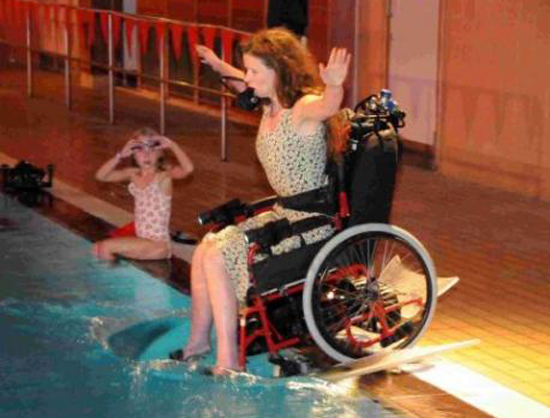
Comments (24)
Pingback: Podwodna przygoda na wózku, abstrakcja? | blog MINDS
Pingback: Diving in a Wheelchair: Art to Alter Possibility – newsmasterbd.com
Pingback: الغوص في أعماق البحر بكرسي متحرك | rabiaomar
Pingback: Guess the historical character - Page 591 - Nordinho.net Community
Pingback: Sue Austin: Tekerlekli Sandalyede | Türker Okay
Pingback: “The Value of Difference”: Sue Austin, Underwater Wheel Chair Ballerina | Life Labs
Pingback: Sue Austin: Tekerlekli sandalyede | Türker Okay
Pingback: Cómo hacer que tu historia dé la vuelta al mundo, el éxito de las charlas TED | DirComtomía
Pingback: The most debated word ? ‘ B-e-l-i-e- | I N N E R D I A L E C T
Pingback: Una Storia Meravigliosa - Damnam - Diving Calabria - Tropea - Zambrone
Pingback: Don’t take “ill” for an answer. « abOva
Pingback: TED Talk: “Sue Austin, Deep Sea Diving….in a wheelchair” » ENIL – European Network on Independent Living
Pingback: A message of humour and hope | Journey of a Creative Playful Explorer
Pingback: Be Inspired by Sue Austin’s Wheelchair Art | Distinguishable Days
Pingback: Mermaid in wheelchair « Playing With Angels